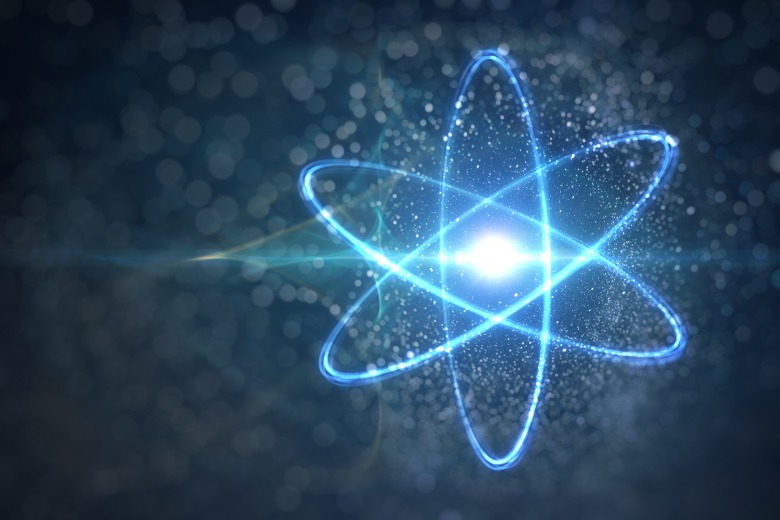
Most people think of nuclear power as something that is generated from giant, monolithic structures. Today’s reality is a far cry from that vision, writes Steve Bond.

As the world transitions from fossil fuels, there is renewed interest in nuclear energy projects around the globe. This has, in part, been triggered by new innovation in the space.
Nuclear power remains a significant component of the global energy mix, supplying about 10 per cent of the world’s electricity. Across the world, France relies on nuclear energy the most, with it accounting for 70 per cent of the country’s energy consumption. That is in stark contrast to Australia, where nuclear has been excluded from its energy mix due to Commonwealth legislation.
However, the nuclear industry’s latest offerings – small modular reactors (SMRs) and very small modular reactors (vSMRs) – both offer a zero-carbon solution to a wide range of end users and open the possibility of engaging countries that have previously precluded nuclear as a potential option for their energy needs. One such country is Australia.
A pivotal moment in the transition to clean energy
Australia is facing a critical period in its energy future. According to the most recent figures published by the Australian Government Department of Industry, Science, Energy and Resources, our energy mix is dominated by burning coal (64 per cent in 2019-20), followed by natural gas (30 per cent in 2019-20).
With an increased focus on net zero/low carbon energy production and new technological advancements, there is renewed interest in adding nuclear into the energy mix, specifically for Australia’s mining industry. Mining in Australia is a primary sector industry and significant contributor to the Australian economy (accounting for around $35 billion of Australia’s GDP).
Tapping into natural resources
Given that Australia is the third-largest uranium producer globally and holds almost one-third of the world’s proven uranium reserves, it seems logical to explore the addition of nuclear energy.
Apart from uranium, Australia is also involved in the extraction of metals and minerals such as lithium, iron, aluminium, gold, and lead, all critical raw materials for fast-growing clean energy technologies, including electric vehicles, energy storage, and wind/solar power. Demand for these metals and minerals is expected to continue to increase.
A game changer
Adopting SMRs/vSMRs in mining can resolve the issue of unreliable power grids and the dependence on high carbon-emitting energy sources. SMRs are well suited for mining operations due to their ability to generate reliable, carbon-free electricity.
Smaller unit sizes allow SMRs to reach markets that large-scale nuclear power generation is not well suited to support – namely, markets that are grid connected but not currently supported by the existing nuclear baseload. Additionally, modular fabrication and construction can reduce construction cost and schedule, and the evolution of both traditional reactor designs as well as the deployment of new advanced reactors both improve safety and operational efficiency.
These reactors are designed with transportability and resiliency in mind, aligning with the needs for powering remote communities and mines. Given that these remote locations typically rely on diesel generators for power—which are costly and often rely on uncertain seasonal transportation windows—vSMRs present a promising and economically competitive option for power generation in these regions. These reactors also present a much more environmentally favourable alternative to diesel power generation.
Smaller unit sizes allow SMRs to reach markets that large-scale nuclear power generation is not well suited to support.
Advantages for SMRs in mining are not limited to supporting power requirements. Very small modular reactors can be utilised to fulfil process heat requirements of mining operations, cogeneration requirements of the site, and green hydrogen production. Green hydrogen could be used for fuelling mining vehicles and potentially also be exported if produced on a larger scale.
Another specific and unique opportunity for Australia is to leverage its knowledge of isotope production from the Lucas Heights test reactor, located south of Sydney, where various medical isotopes are produced. In addition to the downstream considerations of hydrogen production and cogeneration for the mining operation, SMR and vSMR reactors can be used to produce isotopes. This could lead to Australia becoming a prominent global supplier of isotopes, in addition to its raw materials.
With all this in mind, it might be time for Australia to reconsider nuclear at this energy crossroads.
*Steve Bond is Fellow of the Australian Institute of Energy and General Manager Australasia of Power at Hatch.
Comment below to have your say on this story.
If you have a news story or tip-off, get in touch at editorial@governmentnews.com.au.
Sign up to the Government News newsletter